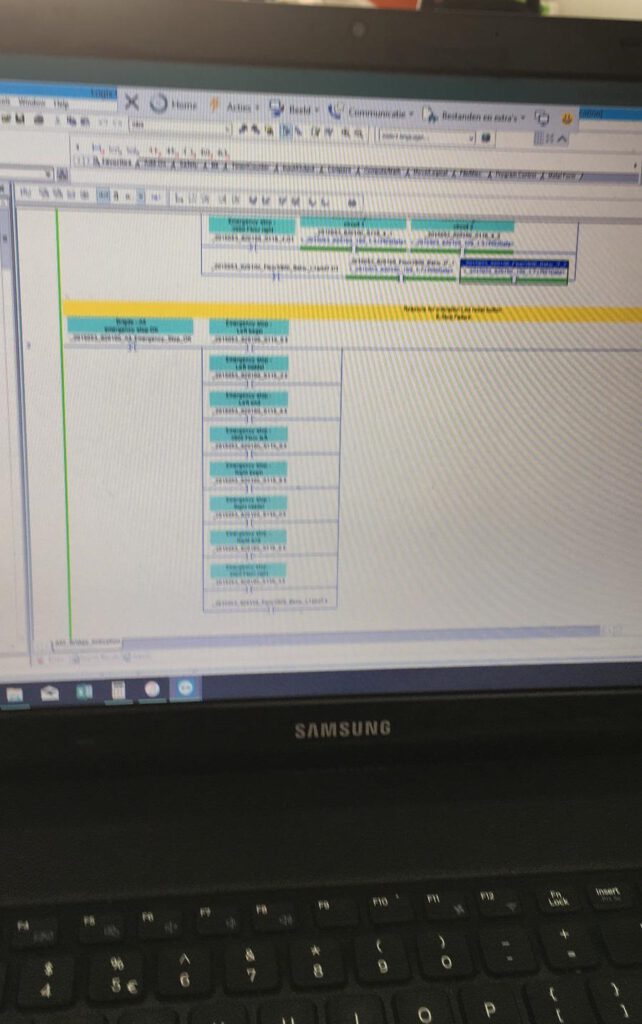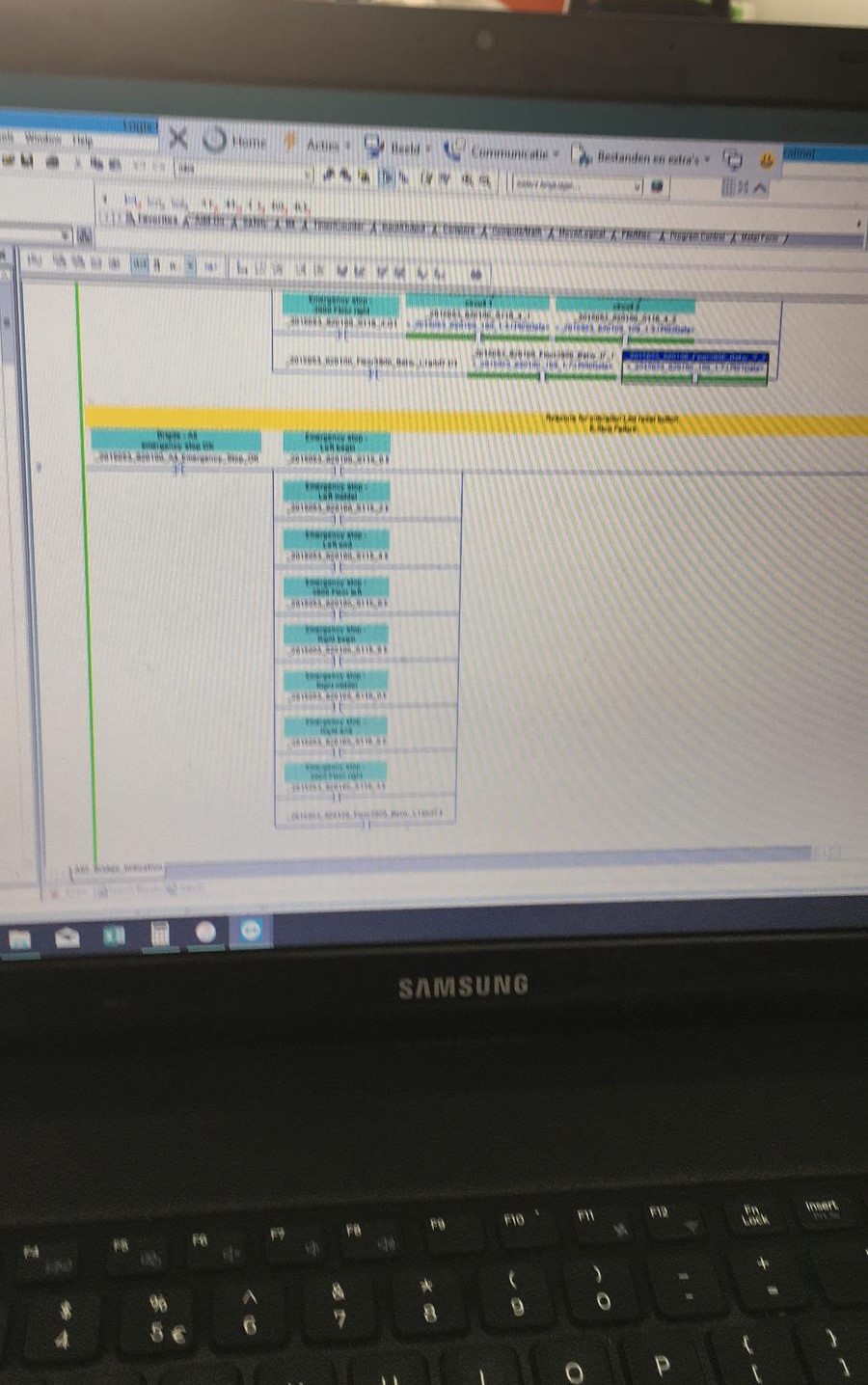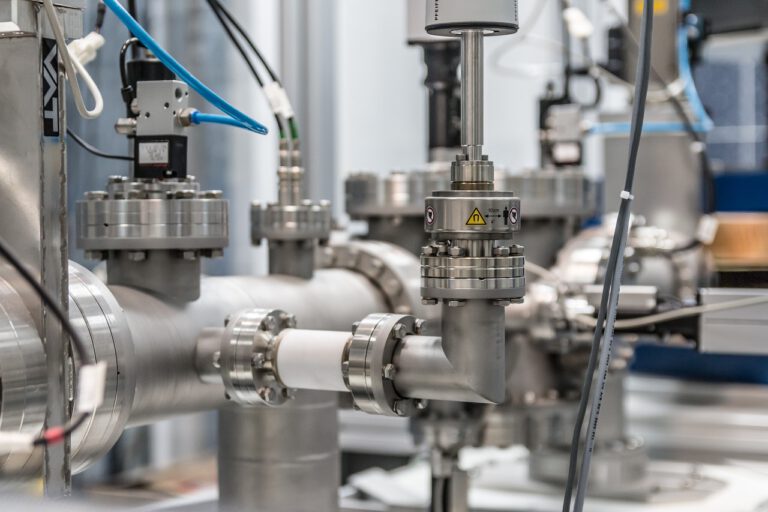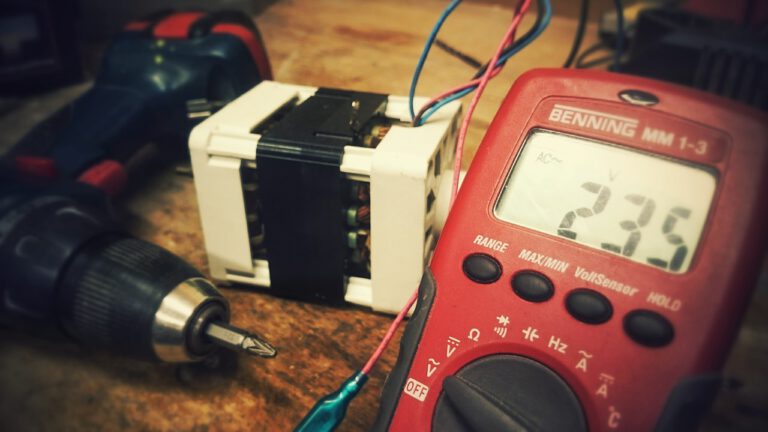Streamlining Operations
Streamlining Operations: Navigating Complex Systems Integration
In my role, I specialize in harmonizing electrical schematics, HMI, and PLC tag names. My responsibilities extend to offline preparation of adjustments, implemented and tested on Fridays to minimize departmental disruptions. I’ve encountered scenarios where adjustments were imperative while the machinery was operational. Streamlining operations in this context refers to optimizing the efficiency and effectiveness of industrial processes by eliminating unnecessary steps, reducing waste, and enhancing productivity.
Challenging Endeavors
One of the most demanding projects I undertook involved integrating a sophisticated system comprising 6 palletizers, diverse packagers’ feed conveyors, automatic pallet feeders, wrappers, label applicators, and automated truck loading. This intricate endeavor encompassed 9 PLCs, 20 HMIs, 10 overview screens, and 8 vision systems. Streamlining operations in such a complex environment involves aligning various components and processes to work seamlessly together, minimizing bottlenecks and maximizing output.
Navigating Complexity
Achieving seamless integration amidst such complexity demanded meticulous planning, precise execution, and adept troubleshooting skills. I coordinated closely with stakeholders to ensure alignment with operational requirements while adhering to safety standards and regulatory compliance. Streamlining operations requires a deep understanding of the interconnectedness of systems and the ability to navigate challenges effectively to maintain smooth operations.

Addressing Dynamic Needs
Flexibility was key, particularly when adjustments were required during active machine operation. This necessitated swift problem-solving and real-time decision-making to mitigate disruptions and uphold productivity. Streamlining operations involves being agile and responsive to changing circumstances, ensuring that any disruptions are minimized, and operations continue to run smoothly.
Strategic Approaches
To streamline processes, I adopted a proactive approach, identifying potential issues beforehand and devising contingency plans. This proactive stance minimized downtime and optimized operational efficiency. Streamlining operations involves implementing strategies and protocols that anticipate and address potential challenges before they arise, ensuring that operations run efficiently and without unnecessary interruptions.
Conclusion
My involvement in systems integration has been both challenging and rewarding, offering valuable insights into the intricacies of industrial automation. By navigating complex projects with precision and agility, I’ve contributed to enhancing operational effectiveness and ensuring seamless workflow integration. Streamlining operations is essential for modern industrial processes, allowing businesses to remain competitive, efficient, and adaptable in an ever-changing market landscape.







